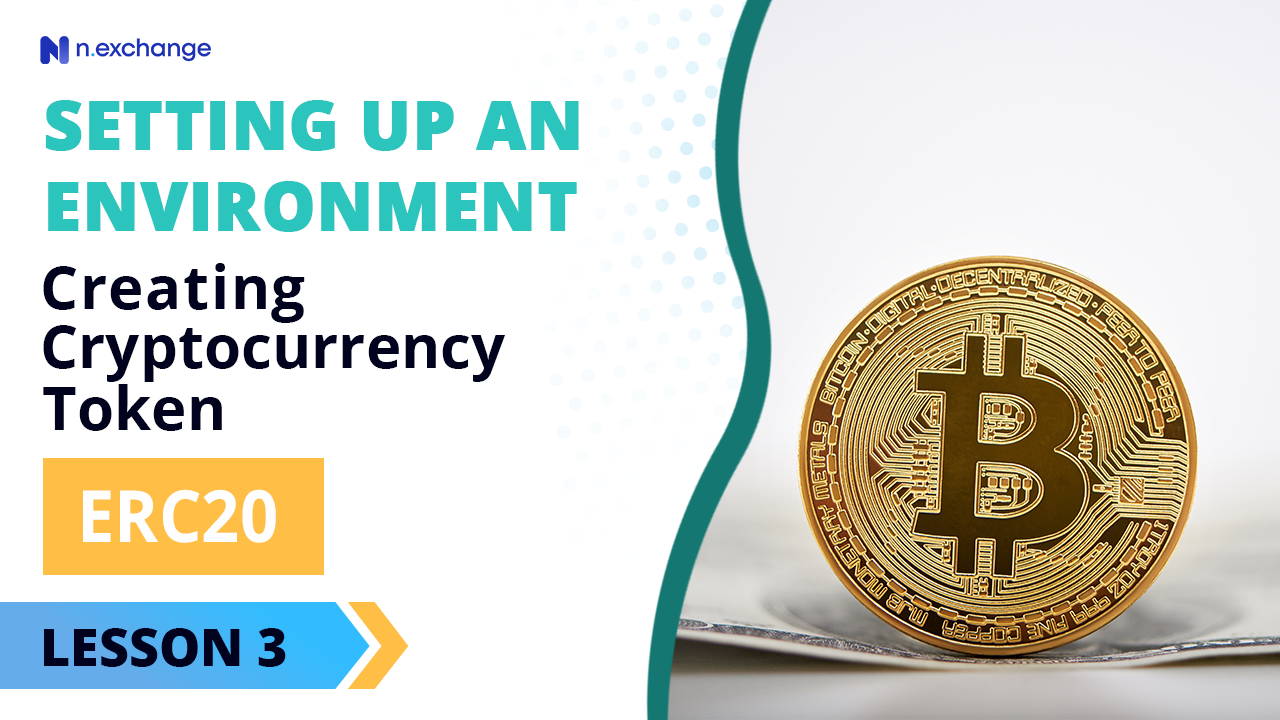Welcome to lesson 3!
First things first, we have to set up the development environment! You don’t know how just yet? It’s okay, we’ll show you which software or packages you will need to set up your own development environment! This lesson will be short and easy, so it won’t take a lot of your time! To find out more, check out the video or read the article, which is a transcription of the video embedded below.
https://youtu.be/RfzIG1MM5cc?si=2-j69QuzTdZa-Iut
Hi, guys! Welcome to lesson three: Setting up the development environment.
In this lesson, I will discuss the software packages that we need to install for this course. In the following videos, I will discuss and show how to install these software packages on Macintosh, Linux, or Windows.
Node.js
The first package that we need to install is Node.js. Node.js is simply a JavaScript runtime environment. As you probably know, JavaScript was originally designed to be used as a client-side programming language, but eventually, some people decided that they wanted to use JavaScript for server-side programming, and that’s what Node.js enables us to do.
NPM
The second software package we need is NPM, which stands for Node Package Manager. That’s exactly what it is, and it will enable us to download some Node packages in a very convenient and easy manner.
Truffle
The third software package that we will install today is Truffle. It’s just a development environment, testing framework, and asset pipeline for Ethereum. It makes our lives as Ethereum smart contract developers easier.
Geth
The fourth software package that we will install is GETH, or Go Ethereum, in its full name. It’s a command-line interface for running a full Ethereum node. Basically, it enables us to do everything that a real live Ethereum node is capable of doing, such as transferring funds, mining blocks, inspecting block history, creating accounts, and anything else that is possible on a live Ethereum node. It also allows us to create our own private network, which enables us to fully test our application before deploying it to the live network. Keep in mind that GETH can also be used to connect to an actual live Ethereum node, which we will also do later in the course.
testrpc
The fifth package that we need to install is testrpc. testrpc is a Node.js-based Ethereum client for testing and development of smart contracts. Keep in mind that it’s only an emulator of an Ethereum node, not a real node like GETH. First, block mining and other operations are almost instantaneous. Notably, it uses an in-memory mechanism for storage, not space on the disk like GETH does, meaning that all the changes that you make on the blockchain are gone once the node is stopped.
So this is it! These are the 5 packages that we will install. Now search for the video that corresponds to the platform that you use and follow the instructions.



